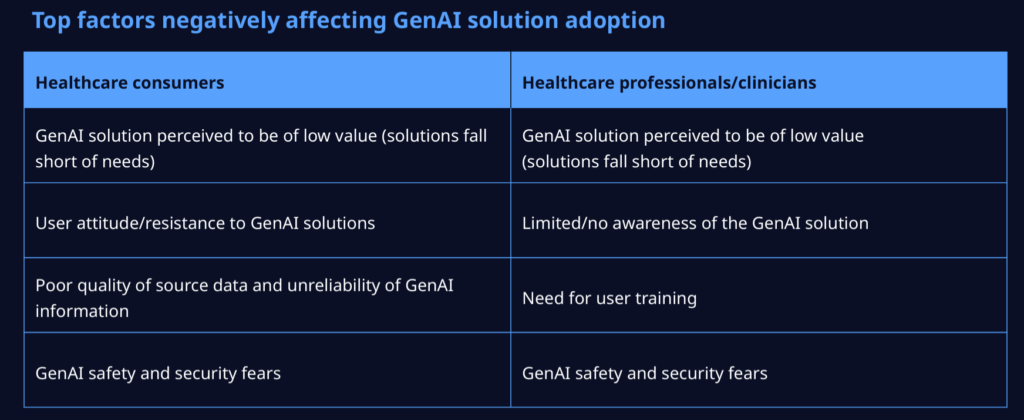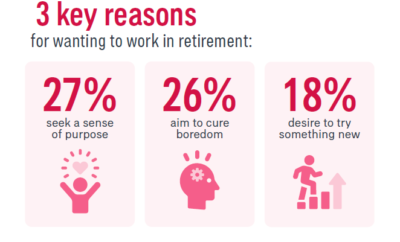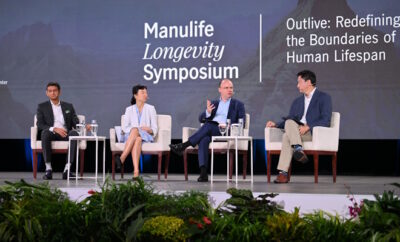
Health x Wellness
GenAI’s Growing Pains: Why Healthcare’s AI Revolution Needs a Human Touch
Despite the hype, healthcare’s GenAI ambitions are hitting a wall — and it’s not just about tech. A new report from NTT DATA reveals that while most healthcare leaders have mapped out their GenAI strategies, only 40 percent say those plans actually align with their broader business goals. That disconnect is stalling progress, even as the potential for better patient outcomes and operational efficiency grows clearer by the day.
The report, GenAI: The Care Plan for Powering Positive Health Outcomes, draws insights from 425 healthcare decision-makers across 33 countries. It paints a picture of an industry eager to embrace AI — but struggling with the realities of implementation, governance and workforce readiness.
GenAI Is Already Making a Difference — But Not Enough
- Ninety-four percent of respondents say GenAI is speeding up R&D, improving diagnostics and automating routine tasks.
- Ninety-five percent believe cloud-based solutions are the most practical and cost-effective way to deploy GenAI.
- GenAI is helping clinicians predict chronic diseases earlier and streamline admin-heavy processes like prior authorisation.
And yet, only fifty-four percent of leaders rate their GenAI capabilities as “high performing.” The rest? Stuck in pilot mode or bogged down by legacy systems, unclear governance and a lack of skilled talent.

Security, Ethics and Skills Gaps Are Holding Back ROI
The promise of GenAI comes with serious concerns:
- Ninety-one percent of executives fear privacy violations and misuse of Protected Health Information (PHI).
- Just forty-two percent strongly agree their cybersecurity controls are up to the task.
- Seventy-five percent admit their teams lack the skills to work with GenAI effectively.
Still, optimism prevails: eighty-seven percent believe the long-term benefits outweigh the risks, and fifty-nine percent plan major GenAI investments in the next two years.
Human-Centred AI Is the Way Forward

“GenAI must complement human workers, not replace them,” says Sundar Srinivasan, Head of Healthcare at NTT DATA North America. “It’s vital to show how the technology benefits patients by keeping humans in the loop.”
That means:
- Aligning GenAI with business and clinical strategies
- Investing in workforce training
- Building governance frameworks that prioritise transparency and ethics
NTT DATA’s collaboration with Duke Health is a case in point — using GenAI to build interactive home care models that reduce clinician stress while improving patient outcomes.

Infrastructure and Data Readiness Still Lag Behind
Even the best GenAI models can’t run on outdated tech:
- Ninety-one percent say legacy infrastructure is a major barrier
- Only forty-four percent feel they’ve invested enough in data storage and processing
- Just forty-eight percent have assessed their data’s readiness for GenAI workloads
Srinivasan adds, “Success hinges on high data quality and collaborative decision-making teams. AI must support operating objectives and align with clinical and regulatory guidelines.”
The Bottom Line
GenAI is no longer a futuristic concept — it’s already reshaping healthcare. But to unlock its full potential, organisations need more than ambition. They need alignment, transparency, and a human-first approach that puts patients and providers at the centre of every AI decision.
Graphics attributed to NTT DATA and their report.






